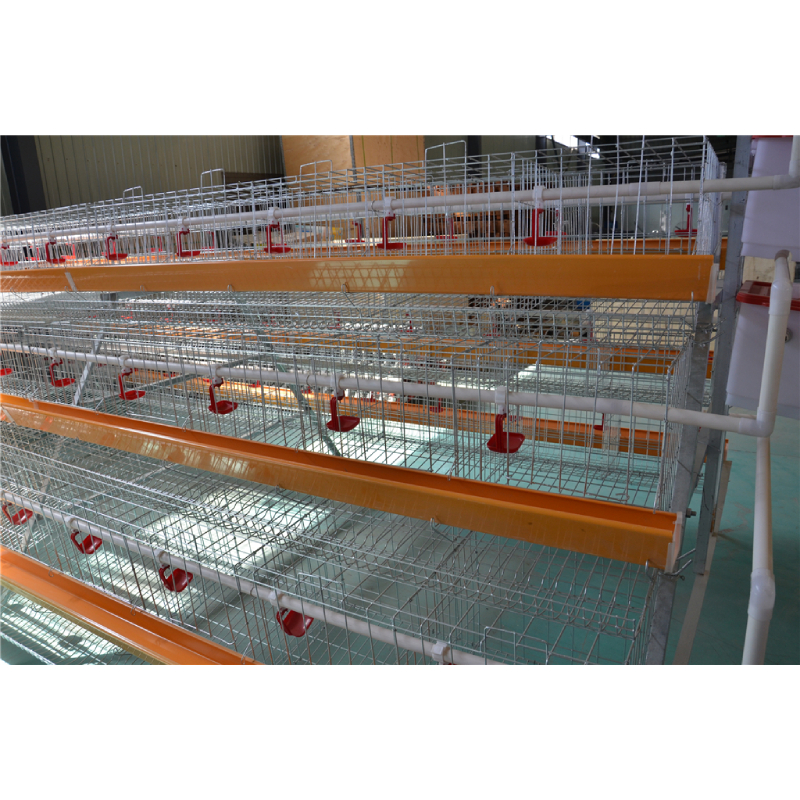breeding cages for rabbits
Nov . 12, 2024 21:51 Back to list
breeding cages for rabbits
Breeding Cages for Rabbits Care and Considerations
When it comes to breeding rabbits, the right environment is crucial for the health and productivity of both the does (female rabbits) and bucks (male rabbits). One of the most significant aspects of rabbit husbandry is the choice of housing, particularly breeding cages, which play a pivotal role in ensuring successful breeding and nurturing of the young. In this article, we will explore the key features, designs, and considerations involved in selecting and setting up breeding cages for rabbits.
Importance of a Suitable Breeding Cage
A breeding cage serves as a safe and comfortable space for rabbits to mate and raise their kits (baby rabbits). The traditional rabbit hutch may not always suffice, especially in a breeding scenario where the needs of the rabbits change. A breeding cage must provide adequate shelter, comfort, and cleanliness, which are vital for reducing stress and improving reproductive outcomes.
Key Features of Breeding Cages
1. Size and Space The size of a breeding cage is one of the most important considerations. Rabbits require ample space to move around, exercise, and socialize. For breeding purposes, the cage should be spacious enough to accommodate a doe and her kits during the gestation period. A common recommendation is a cage that is at least 30 inches long, 24 inches wide, and 18 inches high. For larger breeds, dimensions should be adjusted accordingly to ensure comfort.
2. Materials Breeding cages should be constructed from durable, non-toxic materials. Wire mesh is commonly used for the sides and top to ensure proper ventilation, but it’s important to have a solid floor to prevent the rabbits from developing sore hocks. The use of plastic or wood can be beneficial for the floor as it provides insulation and comfort. Additionally, ensure that any materials used are easy to clean and maintain, as hygiene is paramount in a breeding environment.
3. Nesting Boxes Providing nesting boxes is essential for does to give birth and rear their kits comfortably. These boxes should be around 12 inches long, 12 inches wide, and 12 inches high, filled with clean straw or hay to create a warm, safe environment for newborns. Ensure the box is easily accessible for the doe but also provides security from external disturbances.
breeding cages for rabbits

4. Ventilation and Temperature Control Proper ventilation is crucial to maintain a healthy environment inside the breeding cage. Adequate airflow helps prevent the buildup of ammonia and reduces the risk of respiratory issues. Additionally, rabbits are sensitive to temperature fluctuations; thus, the cage should be placed in a temperature-controlled environment away from direct sunlight and drafts.
5. Feeding and Watering Systems A good breeding cage should include space for food and water dishes. It is advisable to use heavy, chew-proof dishes to prevent tipping and spilling. Automatic waterers can also be beneficial as they ensure a constant supply of fresh water without the risk of contamination.
Considerations for Successful Breeding
1. Social Environment Rabbits are social animals, and while breeding cages may house a doe and a buck during mating, they should not be kept together long-term unless intended for breeding. Proper introduction and supervision are essential to avoid aggression or injury.
2. Cleanliness Regular cleaning of the breeding cage is fundamental to maintaining rabbit health. Remove waste daily and sanitize the cage weekly to prevent the spread of disease.
3. Monitoring Health Keep an eye on the health and behavior of the rabbits in the breeding cage. Any signs of stress, illness, or aggression should be addressed promptly to ensure the well-being of both the parents and the kits.
Conclusion
Creating an optimal breeding environment for rabbits requires careful planning and consideration of their needs. By understanding the importance of breeding cages and selecting the right features, rabbit breeders can promote healthy breeding practices and nurture happy, thriving rabbits. With a focus on hygiene, space, and comfort, breeding cages play a crucial role in the life cycle of rabbits and contribute to successful breeding endeavors.
-
Automatic Feeding Line System-Pan Feeder Nipple Drinker|Anping County Yize Metal Products Co., Ltd.
NewsJul.29,2025
-
Hot Sale 24 & 18 Door Rabbit Cages - Premium Breeding Solutions
NewsJul.25,2025
-
Automatic Feeding Line System Pan Feeder Nipple Drinker - Anping County Yize Metal Products Co., Ltd.
NewsJul.21,2025
-
Automatic Feeding Line System Pan Feeder Nipple Drinker - Anping County Yize Metal Products Co., Ltd.
NewsJul.21,2025
-
Automatic Feeding Line System - Anping Yize | Precision & Nipple
NewsJul.21,2025
-
Automatic Feeding Line System - Anping Yize | Precision & Nipple
NewsJul.21,2025






